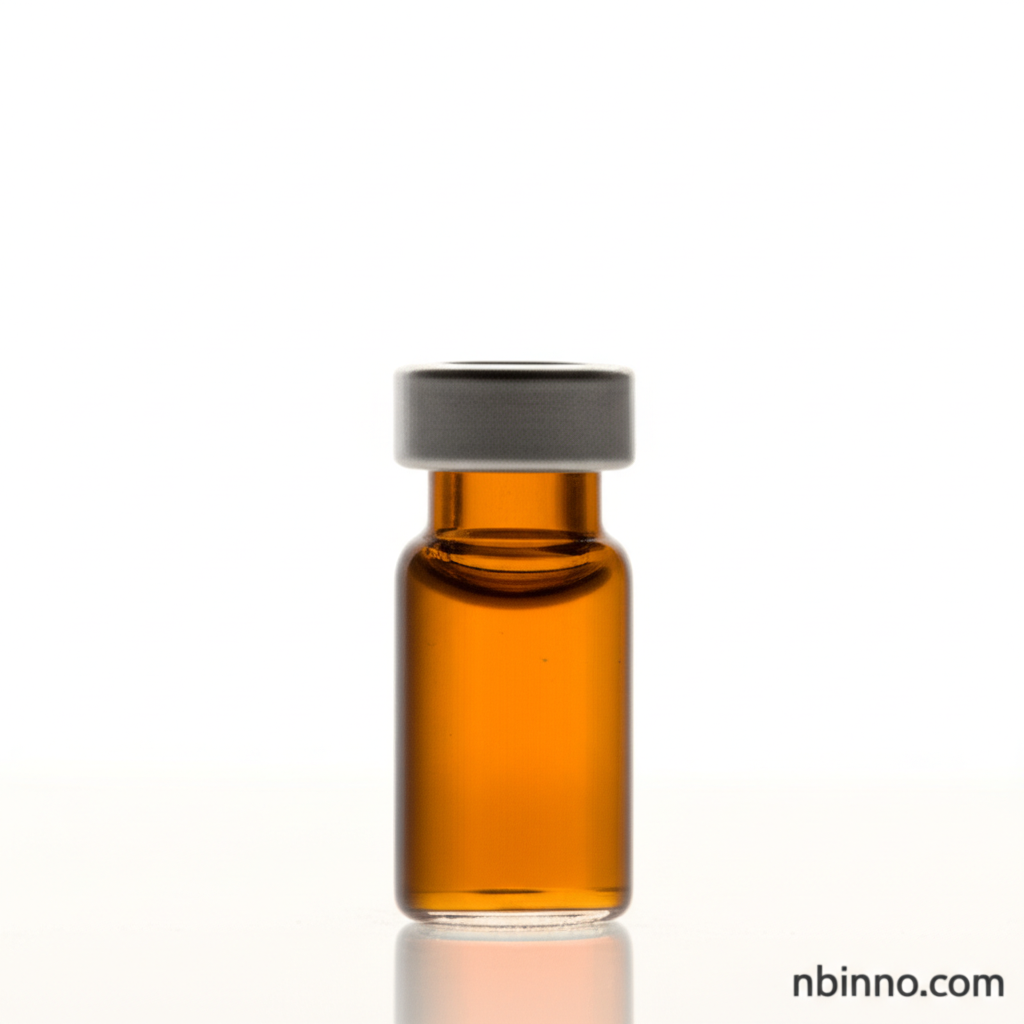2-Thiopheneacetyl Chloride: A Versatile Intermediate for Pharmaceutical and Fine Chemical Synthesis
Unlock advanced synthesis with this crucial building block for pharmaceuticals and specialty chemicals.
Get a Quote & SampleProduct Core Value

2-Thiopheneacetyl chloride
2-Thiopheneacetyl chloride (CAS 39098-97-0) is a vital organic synthesis intermediate, indispensable in the creation of complex molecules, particularly within the pharmaceutical sector. It serves as a powerful acetylation reagent, facilitating the introduction of the acetyl group into various organic compounds. Its reactivity and specific chemical structure make it a cornerstone for synthesizing advanced intermediates and active pharmaceutical ingredients (APIs).
- Introduction of the acetyl group: This compound is a potent acetylation reagent, enabling the synthesis of acetic acid esters and amides, crucial steps in many pharmaceutical syntheses.
- Synthesis of diamide derivatives: Researchers utilize 2-thiopheneacetyl chloride for its role in the synthesis of diamide derivatives of (S)-BINOL, which exhibit potential anti-inflammatory and anti-arthritis effects, demonstrating its therapeutic application potential.
- Chromogenic substrate production: It is instrumental in the synthesis of Nitrocefin, a vital chromogenic substrate used to detect beta-lactamases and penicillin-binding proteins, aiding in diagnostics.
- Versatile precursor: Beyond these, it acts as a precursor for compounds like 5-fluorouracil-cephalosporin prodrug and various N,N′-di(thiopheneacetyl)diamines derivatives, highlighting its broad utility in chemical synthesis.
Advantages of Using 2-Thiopheneacetyl Chloride
Enhanced Reactivity
As an acyl chloride, it possesses higher reactivity than corresponding anhydrides, making it a preferred choice for efficient acetylation reactions, accelerating synthesis processes.
Pharmaceutical Applications
Its role in creating essential pharmaceutical intermediates, such as those for immunopotentiators and prodrugs, underscores its significance in drug development and production.
Broad Synthetic Utility
From diagnostic reagents like Nitrocefin to complex organic molecules, its application scope is wide, offering chemists a flexible tool for diverse synthetic pathways.
Key Applications
Pharmaceutical Synthesis
Crucial for the synthesis of various APIs and drug intermediates, supporting the development of new therapeutic agents.
Organic Chemistry
Serves as a key acetylation reagent and building block in a wide array of organic synthesis processes.
Diagnostic Reagents
Essential for producing chromogenic substrates like Nitrocefin, vital for clinical diagnostics and research.
Fine Chemical Production
Used in the manufacturing of specialized fine chemicals with diverse industrial applications.
